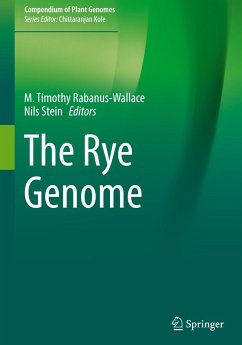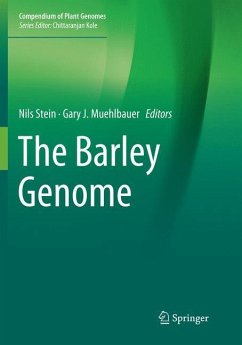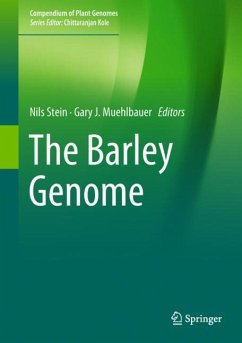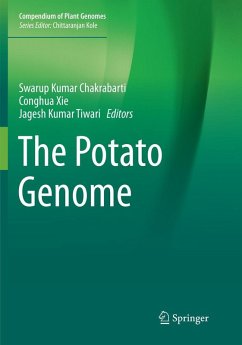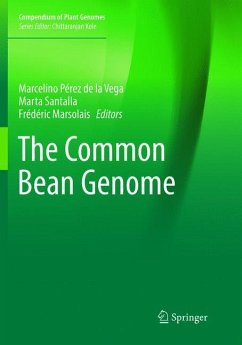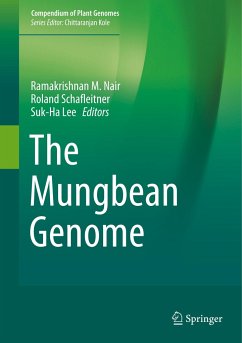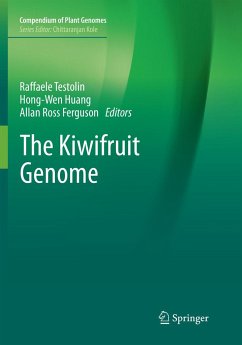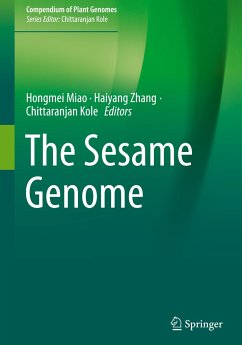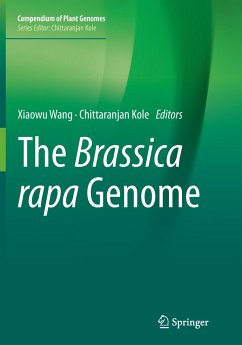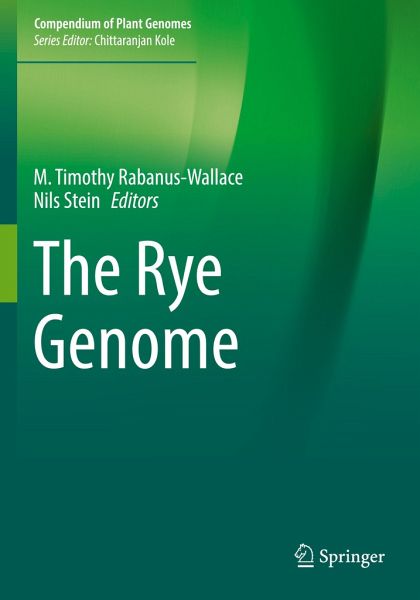
The Rye Genome
Versandkostenfrei!
Versandfertig in 6-10 Tagen
129,99 €
inkl. MwSt.

PAYBACK Punkte
65 °P sammeln!
This book celebrates the dawn of the rye genomics era with concise, comprehensive, and accessible reviews on the current state of rye genomic research, written by experts in the field for students, researchers and growers.To most, rye is the key ingredient in a flavoursome bread or their favourite American whisky. To a farmer, rye is the remarkable grain that tolerates the harshest winters and the most unforgiving soils, befitting its legacy as the life-giving seed that fed the ancient civilisations of northern Eurasia.Since the mid-1900s, scientists have employed genetic approaches to better ...
This book celebrates the dawn of the rye genomics era with concise, comprehensive, and accessible reviews on the current state of rye genomic research, written by experts in the field for students, researchers and growers.
To most, rye is the key ingredient in a flavoursome bread or their favourite American whisky. To a farmer, rye is the remarkable grain that tolerates the harshest winters and the most unforgiving soils, befitting its legacy as the life-giving seed that fed the ancient civilisations of northern Eurasia.
Since the mid-1900s, scientists have employed genetic approaches to better understand and utilize rye, but only since the technological advances of the mid-2010s has the possibility of addressing questions using rye genome assemblies become a reality. Alongside the secret of its unique survival abilities, rye genomics has accelerated research on a host of intriguing topics such as the complex history of rye's domestication by humans, the natureof genes that switch fertility on and off, the function and origin of accessory chromosomes, and the evolution of selfish DNA.
To most, rye is the key ingredient in a flavoursome bread or their favourite American whisky. To a farmer, rye is the remarkable grain that tolerates the harshest winters and the most unforgiving soils, befitting its legacy as the life-giving seed that fed the ancient civilisations of northern Eurasia.
Since the mid-1900s, scientists have employed genetic approaches to better understand and utilize rye, but only since the technological advances of the mid-2010s has the possibility of addressing questions using rye genome assemblies become a reality. Alongside the secret of its unique survival abilities, rye genomics has accelerated research on a host of intriguing topics such as the complex history of rye's domestication by humans, the natureof genes that switch fertility on and off, the function and origin of accessory chromosomes, and the evolution of selfish DNA.



